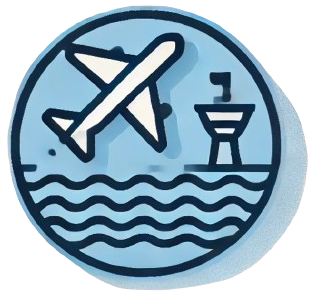The Question of Smoking on Airlines
The question of whether you can smoke on airlines is a complex one, as smoking regulations have evolved significantly over the years. Once a common practice, smoking on airplanes is now largely prohibited worldwide. This article delves into the current regulations, alternative options for smokers, and the historical context that led to this significant shift in airline policies.
The Global Smoking Ban on Airlines
Smoking on airplanes has been banned globally due to stringent health and safety regulations. This includes not only traditional cigarettes but also electronic cigarettes. The installation of ashtrays and ‘no smoking’ signs on modern aircraft is mandated—not for passenger enjoyment, but to comply with safety standards and ensure the well-being of everyone onboard. The aviation industry recognized the serious health risks associated with secondhand smoke, as well as the fire hazards posed by smoking materials in a confined space, which led to a decisive shift in policy.
Alternatives for Smokers During Long Flights
For those who might struggle with the extended duration of long flights without the option to smoke, there are viable alternatives. Smokers often turn to nicotine replacement products, including:
- Nicotine gum
- Nicotine patches
- Nicotine lozenges
These products can provide a steady release of nicotine, helping to satisfy cravings without the need for cigarettes. Smokers might also consider strategizing their travel with layovers, allowing for short breaks to indulge in their habit in designated smoking areas at airports.
Private Jets: A Different Scenario
The regulations differ somewhat when it comes to private jets. If you own or charter a private aircraft, you may have more freedom regarding smoking onboard, provided that neither the owner nor the captain objects. However, for safety reasons, it is crucial that the aircraft is equipped with an approved fire extinguisher. This discretion for private flights contrasts sharply with commercial airlines, showcasing a unique aspect of flying privately.
A Glimpse into the Past: Smoking on Airlines
It’s intriguing to note that smoking was once commonplace on flights. In fact, many airlines used to offer designated smoking sections to cater to passengers’ preferences. However, following a growing awareness of health risks, the last major ban on smoking in-flight occurred on February 25, 1990, in the U.S. This landmark decision reflected a broader movement towards smokefree environments and influenced international policies, resulting in a uniform stance against airborne tobacco use.
Cruise Ships: An Alternative for Smokers
While smoking may be a memory of the airline industry, smokers can still find relief on cruise ships, which often feature designated smoking areas. By providing these spaces in carefully selected locations, cruise lines ensure that non-smokers can enjoy their trip without discomfort. When boarding a cruise, passengers typically receive a deck plan indicating various useful areas, including smoking locations, making it easier for smokers to plan accordingly.
| Travel Mode | Smoking Regulations |
|---|---|
| Commercial Airlines | Smokefree zones |
| Private Jets | Permitted with certain conditions |
| Cruise Ships | Designated smoking areas |
In conclusion, while smoking on commercial airlines is now a thing of the past, there are still avenues for smokers to manage their needs while traveling. By utilizing nicotine replacement options and exploring private flight opportunities, smokers can navigate their journeys without too much discomfort, even as the airline industry maintains its commitment to health and safety.
